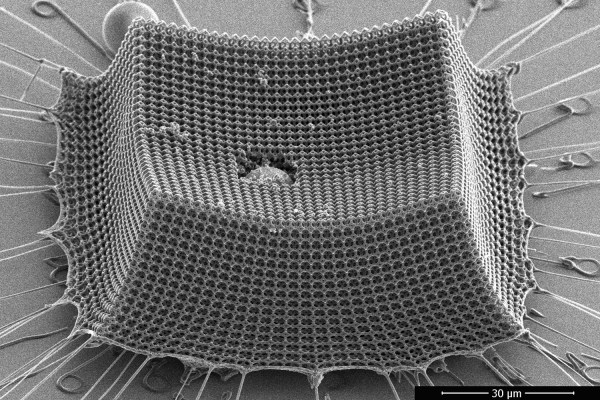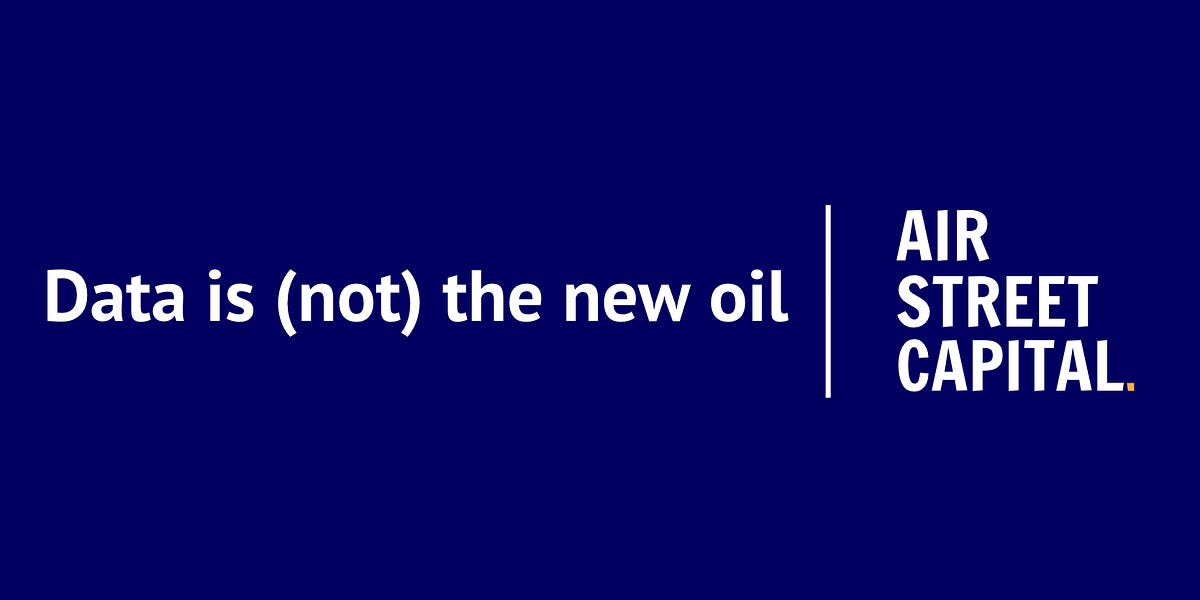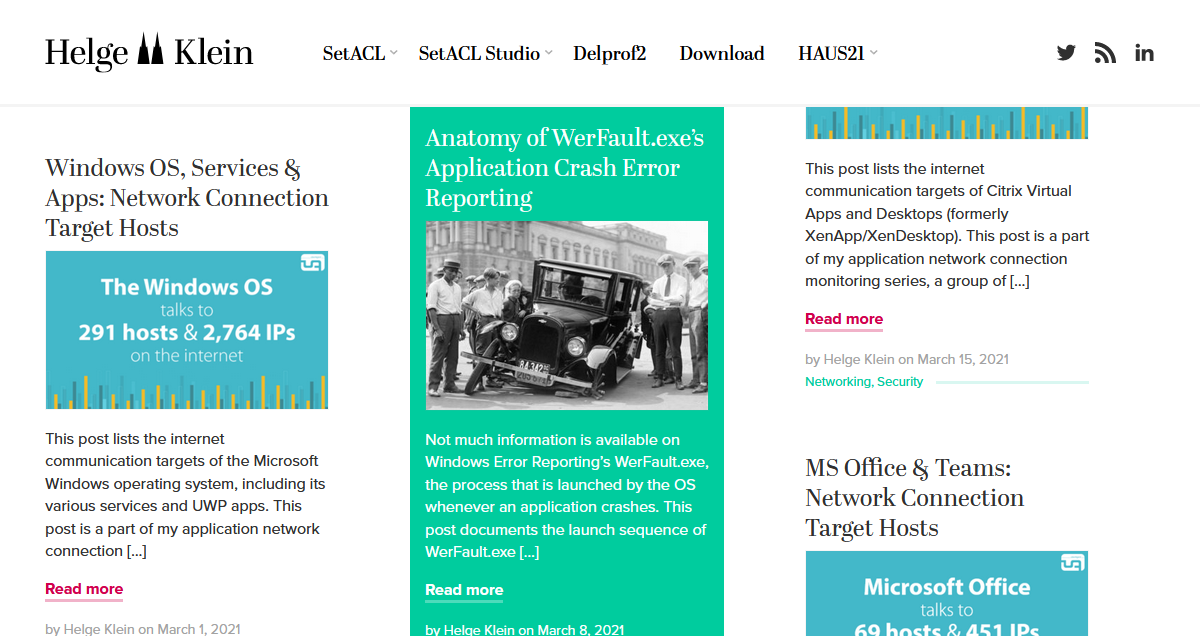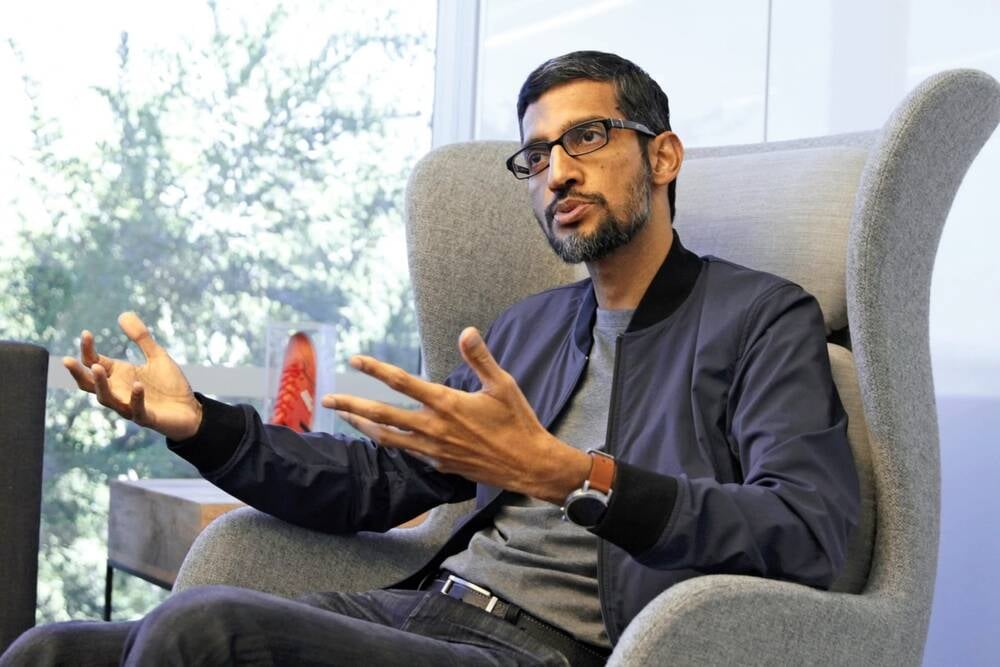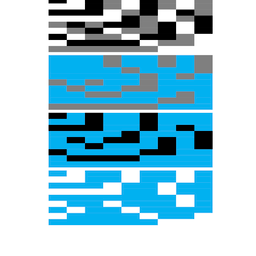
#162: Minimum Viable Self
Two decades ago, before social media existed, Zygmunt Bauman articulated a perfect description of how it would soon shape our behavior and frame our relationships to one another. In his 2000 book Liquid Modernity, Bauman wrote: “Seen from a distance, (other people’s) existence seems to possess a coherence and a unity which they cannot have, in reality, but which seems evident to the spectator. This, of course, is an optical illusion. The distance (that is, the paucity of our knowledge) blurs the details and effaces everything that fits ill into the Gestalt. Illusion or not, we tend to see other people’s lives as works of art. And having seen them this way, we struggle to (make our lives) the same.” The conditions Bauman described had already emerged in other media environments, such as television, but the participatory nature of the internet and specifically social media would compel everyone involved to develop an online identity, intentionally or not, that would correspond to their offline identity but would never quite mirror it perfectly. The personal brand, that groan-inducing pillar of digital existence, only occasionally amounts to the refined display that its most sophisticated instances embody. For most people, though, a personal brand is an accidental side effect of their digital presence, something they assume to be a faithful reflection of their “real” selves whether it really is or not.
Even poorly constructed online identities, however, somehow manage to cohere into consistent wholes, thanks to the medium that transmits them. Every social media feed is an endless parade of these fragmentary identities, disaggregated into units of content and passing by quickly enough to evade the scrutiny that would detect their incompleteness. As Bauman presciently realized, the constraints of these digital environments and the sheer volume of users endows even the flimsiest online presences with an illusion of unity. Showing up frequently enough in the feed might elevate one’s presence to a work of art, at least from everyone else’s distracted perspective, and this in turn motivates us all to present our own selves more artfully. The speed of the information flow is essential to the entire illusion: A platform like Twitter makes our asynchronous posts feel like real-time interaction by delivering them in such rapid succession, and that illusion begets another more powerful one, that we’re all actually present within the feed. If you and I are both present, moreover, that implies that we’re together, something that is always almost true within these social networks but never quite achieved. On Twitter every relationship is thus parasocial, even if bidirectionally so, and perhaps that’s why digital relationships continue to demand in-person reification.







